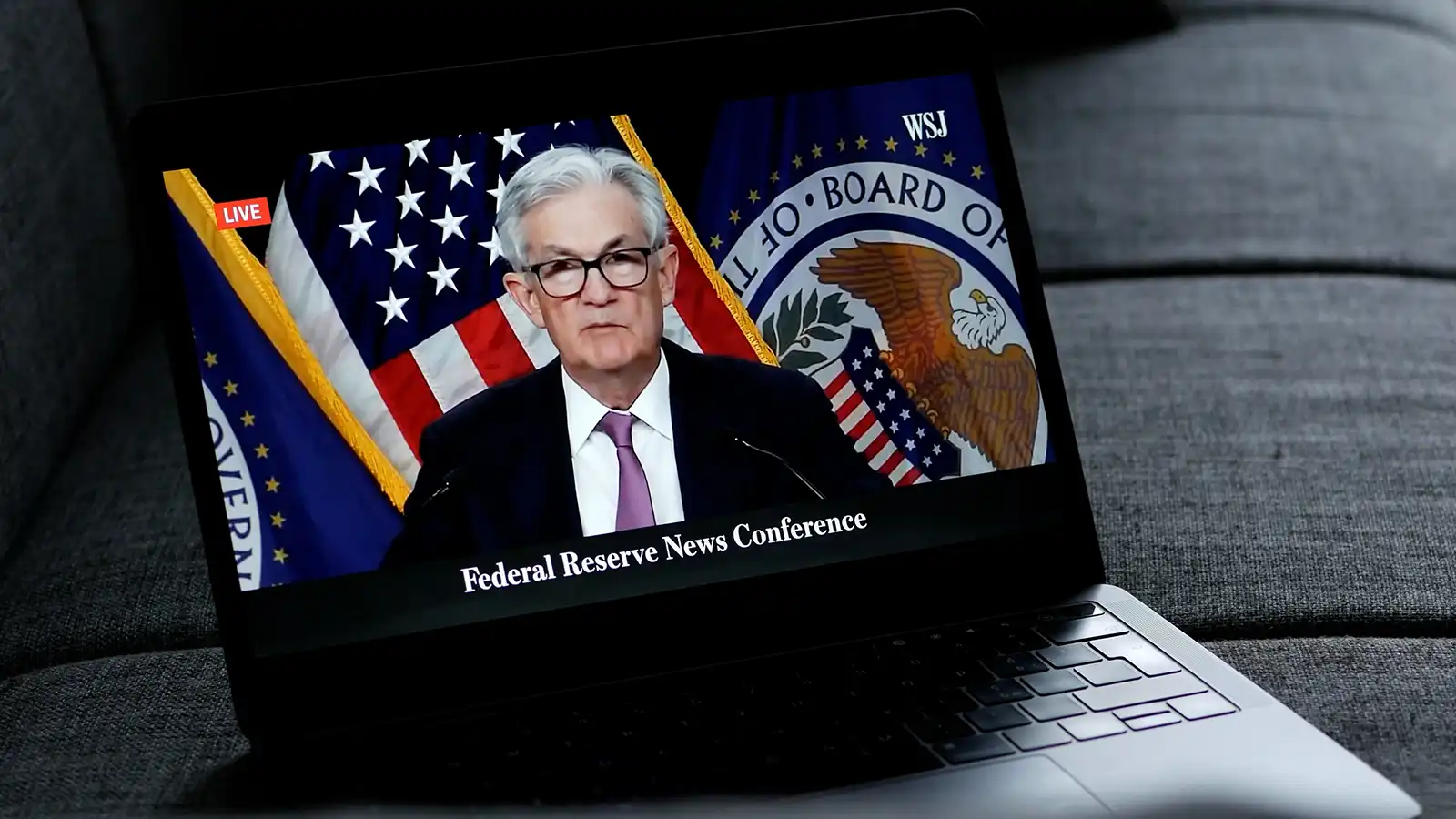In a surprise and welcome move, the Federal Reserve lowered the Fed funds rate by 50 basis points (bps) on Wednesday, a decision that will ripple through the economy, particularly in the commercial real estate (CRE) sector.
The cut was somewhat unprecedented. Previous cuts of 50 basis point or higher have come during periods of heightened volatility, such as the Dot-com bust, the Global Financial Crisis (GFC), and the COVID-19 pandemic. What sets this cut apart is that it’s happening while stocks and housing prices are at or near all-time highs, a scenario not seen in previous rate-cutting cycles.
Nonetheless, the rate cut is a clear signal that the Fed aims to stimulate economic activity. The move comes after several retailers announced over the summer that the U.S. consumer appeared tapped out, alongside an uptick in unemployment.
But for those of us in the CRE market, the big question is: How will this impact the world of property lending and transactions?
The Psychological Boost for the Market
The rate cut will clearly deliver a psychological boost to the market. When the Federal Reserve lowers rates, it signals a commitment to stimulating economic growth, which can uplift investor sentiment. This psychological shift often leads to increased market optimism, encouraging more deal-making and development in the CRE sector. Investors and developers may feel a renewed sense of opportunity, believing that the economic environment is being actively managed to avoid a slowdown. We’ve already seen the LightBox Monthly CRE Activity Index tick upward for much of 2024 as investors gained confidence that CRE market conditions were improving. Sentiment certainly helps, but we’re at the beginning of the easing cycle.
A Shift in Policy: Lower Borrowing Costs on the Way
Notably, the Fed rate cut is a shift in policy that will deliver lower borrowing costs. Some are anticipating further cuts that would lower rates by a quarter point at meetings in November and December. That would deliver a potential decline of 100 bps in the Fed Funds rate by 2025. At that point, we may see more noticeable movement, both in terms of higher sales and refinancing activity, but also in a leveling off of CRE distress.
CRE developers, investors, and owners who rely on debt to finance acquisitions, development projects, or property improvements may move off the sidelines. Lower interest rates will reduce the cost of these loans, making it more affordable for CRE players to expand portfolios, start new construction projects, or refinance existing debt.
For investors who have been waiting for the tide to turn, this cut could be the inflection point they have been seeking. In all CRE sectors, property values that have seen significant downward pressure for the last two years may have hit bottom— so timing could still be right for buyers to take action. As rates fall further, investors can see increased returns on investment with the drop in the cost of capital. This could spur on developers who in time will look to lock in long-term debt at lower interest rates which can help improve profitability, especially for high-capital ventures like office buildings, hotels, and industrial projects.
Increased Investor Demand: A New Wave of Capital?
As borrowing becomes cheaper, more investors will likely be drawn into the CRE space. With lower rates, investors may search for higher returns in asset classes like real estate, which for some asset types, offers stable, long-term income. This shift could create more demand, increasing the prices of commercial properties, especially in prime locations.
Investors who may have hesitated before, perhaps concerned about rising costs or slowing markets, may see the rate cut as a reason to explore investment options. With the Fed lowering rates, real estate yields, although compressing slightly, may still outpace returns in more interest-rate-sensitive sectors like bonds.
Refinancing Opportunities: A Chance for Optimization
Another positive impact could come in the form of refinancing opportunities. Many CRE owners have long-term loans, some of which are floating rate, particularly in the multifamily sector. With rates beginning to lower, borrowers can refinance, reducing their debt service and freeing up cash flow for other investments. Properties that have seen increased rents or occupancy could benefit from this, as refinancing at lower rates can boost profitability and open opportunities for reinvestment in the property or portfolio growth.
Sector-Specific Impacts
The impact of the Fed rate cut will vary across different sectors of the CRE market:
- Office: Office has struggled with the ongoing shift toward remote and hybrid work, as well as aging stock lacking in modern amenities. These structural challenges in this sector may dampen the effects of lower rates for some time.
- Retail: This sector could see a bump in activity as lower financing costs encourage expansion of new spaces or leases.
- Industrial and Logistics: This sector has been booming due to the rise of e-commerce, and the Fed’s rate cut could fuel even more growth. Lower financing costs could allow developers to build more warehouses, distribution centers, and last-mile delivery hubs.
- Multifamily: The apartment market may also benefit, particularly as borrowing becomes more affordable for developers. With the housing market remaining tight, multifamily projects could see increased demand from both renters and investors.
It’s Just the Beginning
The Fed’s 50bps rate cut will undoubtedly stimulate activity in the CRE market in the coming months through increased investor demand and refinancing opportunities, and over time, lower borrowing costs. However, it’s crucial for investors and developers to be mindful of potential challenges. Not to throw cold water on the good news, but the November election and geopolitical turmoil do provide some uncertainty at this nascent stage of this economic cycle. Still, the biggest hurdle may have already been cleared leaving behind the post-pandemic market pause. It’s indeed a good start and an important step forward.
